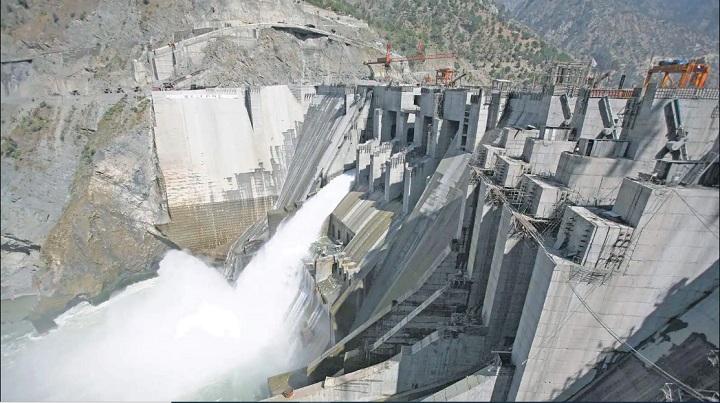Recent reports about China’s construction of a massive dam on the Brahmaputra River (called Yarlung Tsangpo in Tibet) have sparked significant concern in India. Experts warn that such a project could pose serious threats to downstream regions, particularly Arunachal Pradesh and Assam in India, and even neighboring Bangladesh. Calls for immediate diplomatic engagement with China have grown louder, with demands that India express its concerns unequivocally.
However, while critics may overlook or misunderstand Prime Minister Narendra Modi’s strategic approach, India appears to be prepared with a robust countermeasure. Sources close to the Prime Minister’s Office (PMO) reveal that the Modi government has an ambitious plan to neutralize the potential consequences of China’s actions: the development of the Upper Siang Multipurpose Storage Project, India’s largest hydroelectric project to date.
The proposed project, spearheaded by the National Hydroelectric Power Corporation (NHPC), is set to be an 11-gigawatt (GW) hydropower initiative in Arunachal Pradesh.
According to reliable reports, the pre-feasibility study has already been submitted to the Central Electricity Authority of India. With an estimated cost of Rs 1.13 trillion, the project will be located in Yingkiong, Arunachal Pradesh. However, its primary purpose extends far beyond electricity generation.
Why the Upper Siang Project Matters:
- Reservoir for Strategic Control:
The Upper Siang project is designed to act as a massive reservoir capable of storing 9 billion cubic meters of water. This reservoir will counterbalance any attempts by China to divert or control the flow of water into India. Even if China diverts water upstream, the reservoir can sustain irrigation and water needs in Arunachal Pradesh and Assam. - Hydropower as a Byproduct:
While electricity generation is an important component, it is considered a secondary benefit. The primary focus remains on maintaining India’s water security and mitigating risks posed by China’s water diversion schemes. - China’s Aggressive Damming Activities:
China has been constructing a series of dams along the Brahmaputra River, including projects at Gyatso (360 MW), Jiexu (560 MW), Dagu (640 MW), Bayu (710 MW), and Zhongyu (800 MW). Additionally, China’s 14th Five-Year Plan includes the construction of a massive dam, raising significant strategic concerns for India. - Safeguarding India’s Interests:
The Brahmaputra accounts for 30% of India’s freshwater resources and 40% of the country’s hydroelectric potential. Securing this lifeline is critical for India’s water security, agriculture, and disaster management, particularly for flood-prone regions.

The Brahmaputra is one of the world’s largest rivers, flowing through Tibet, northeast India, and Bangladesh. It is known by various names, such as Yarlung Tsangpo in Tibet, Siang/Dihang in Arunachal Pradesh, Luit in Assam, and Jamuna in Bangladesh. The river plays a vital role in sustaining life and livelihoods across its basin:
- It experiences two annual floods—one from Himalayan snowmelt in summer and another due to monsoon rains.
- Frequent landslides and geological activity make it a dynamic and unpredictable river.
- Its trans-boundary nature underscores the need for cooperative water management among the countries it flows through.
India’s proactive response to China’s dam-building activities highlights the strategic foresight of the current government. Unlike previous administrations that may have been less assertive in safeguarding national interests, the Modi government has demonstrated a clear commitment to addressing both immediate and long-term challenges.
The Upper Siang project is not just about infrastructure; it is a statement of intent—a move to ensure that India remains in control of its water resources and is prepared to face any challenges posed by external forces. For the people of Arunachal Pradesh, Assam, and the rest of the country, it provides a sense of security and assurance that their government at the Centre is taking decisive action to protect their future.
China’s aggressive dam-building along the Brahmaputra River may seem like a cause for concern, but India’s counter-strategy with the Upper Siang project shows that the country is far from complacent. By investing in critical infrastructure and ensuring water security, the Modi government is safeguarding national interests and regional stability.
For the 1.4 billion people of India, particularly those in the northeast, this initiative is a testament to a government that prioritizes strategic preparedness over rhetoric. It is a bold step that underscores India’s determination to stand firm in the face of external challenges while securing its sovereignty and natural resources for generations to come.






